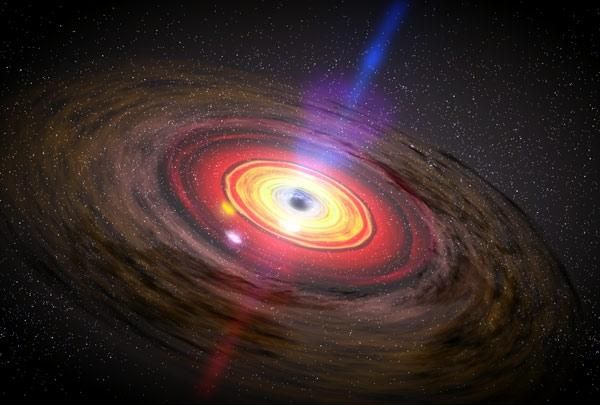

This means we should be able to detect them through their collisions as this would cause the charged particles on Earth to recoil, producing light that we can observe in experiments such as XENON100. If WIMPs exist, mathematical modelling shows there must be about five times more of these than normal matter, which coincides with the abundance of dark matter that we observe in the universe. Roughly 100,000 of these would pass through every square centimetre of the Earth each second, interacting only via the weak force and gravity with surrounding matter. It would be completely different from the type of matter we know and would interact via the electromagnetic force, which would explain why they are largely invisible in space. The weakly interacting massive particle, or WIMP, is a hypothetical particle that looks promising.

Here are the five candidates for particles that I think have the best chance. However, some theories are more likely to be successful than others. There are quite a few candidates already – each with its own particular way of interacting.

To observe matter in space we need it to interact via the electromagnetic force, as this involves the release of light or other electromagnetic radiation that a telescope can register. There is the strong force that binds together the atomic nucleus the weak force which governs the decay of particles such as radioactivity an electromagnetic force that mediates the force between charged particles and the gravitational force which governs gravitational interaction. There are four fundamental forces that a dark matter particle could interact with. But we have no idea what it is – it could be made up of new, yet undiscovered particles. The matter we can see in a cluster isn’t enough to hold it together by gravity alone, meaning some additional invisible or obscure matter must be present. The reason we know it exists is because of the gravitational pull of galaxy clusters and other phenomena we observe. So far scientists have failed to detect it, despite spending decades searching. In fact, for every gram’s worth of atoms in the universe, there is at least five times more invisible material called “dark matter”. When we look out at the universe – even with the most powerful of telescopes – we can only see a fraction of the matter we know must be there.


 0 kommentar(er)
0 kommentar(er)
